Why X = Y is a Smithsonian exhibit exploring the history of human computers. During NACA hired hundreds of African American women to perform mathematical equations and calculations by hand. These women were marginalized for their sex and race and often did not receive credit for their findings. This exhibit’s goal is to give the rightful owner of these findings to the engineers and finally share their story. The exhibit focuses on three human computers that are accredited with significant scientific and equality accomplishments. The overall exhibit is organized by the findings that lead up to the United States landing on the moon. The visitors are led through the exhibit by the interactive quiz that is featured both in digital and analog forms throughout the exhibit. Completing these questions awards a commemorative metal inspired by the Presidential Medal of Freedom which was awarded to Katherine Johnson in 2015.
Brand Design
The color scheme offers a modern reinterpretation of NASA’s 1950s logo, blending nostalgia with contemporary design. The imagery draws heavy inspiration from the bold, graphic style of popular comics of the era, featuring hyper-feminized illustrations that emphasize the vital role of women in this field. Geometric elements are distilled into simplified shapes, reflecting the fundamental forms found in the equations used by engineers.
Informational & Educational

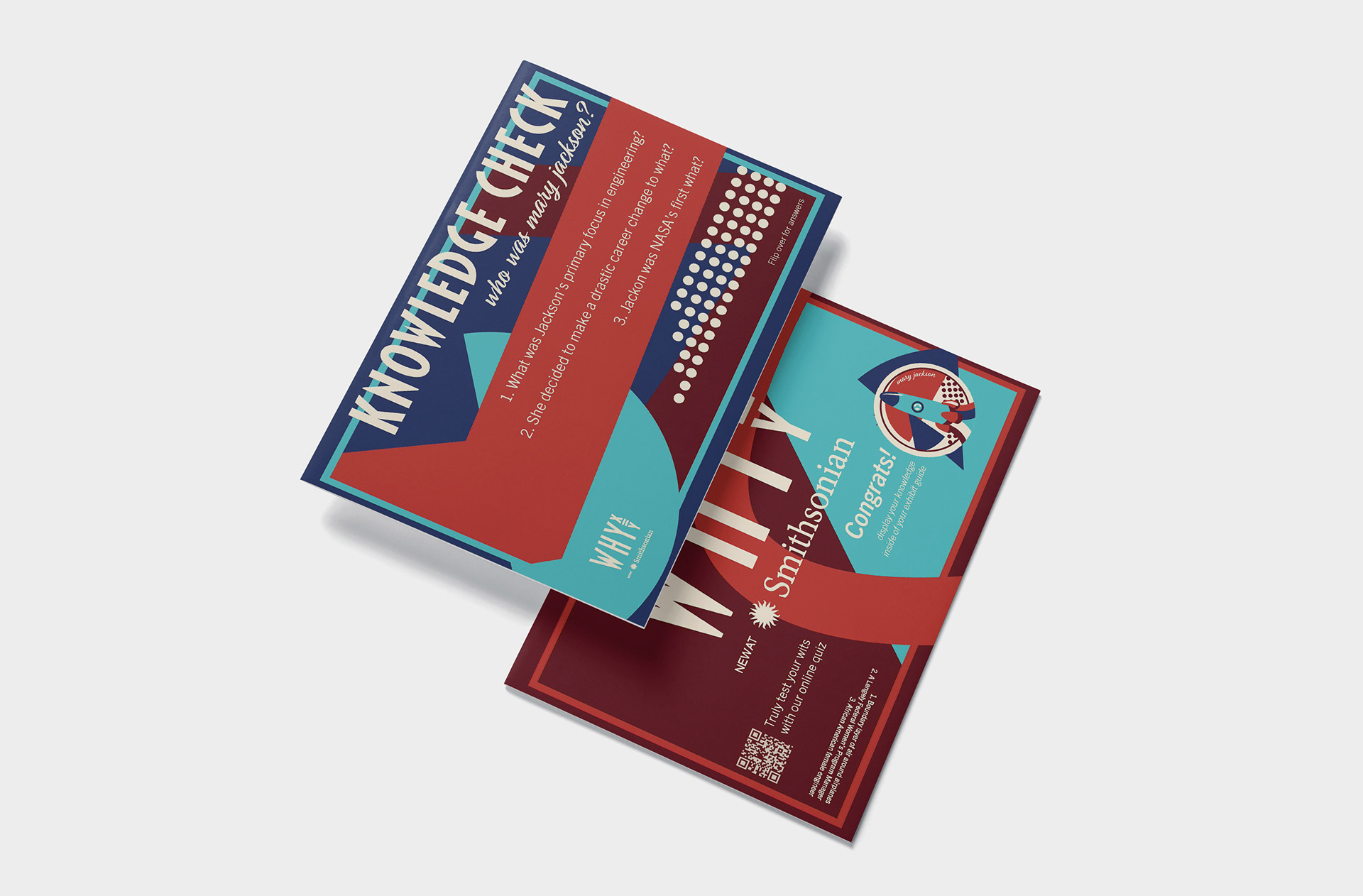
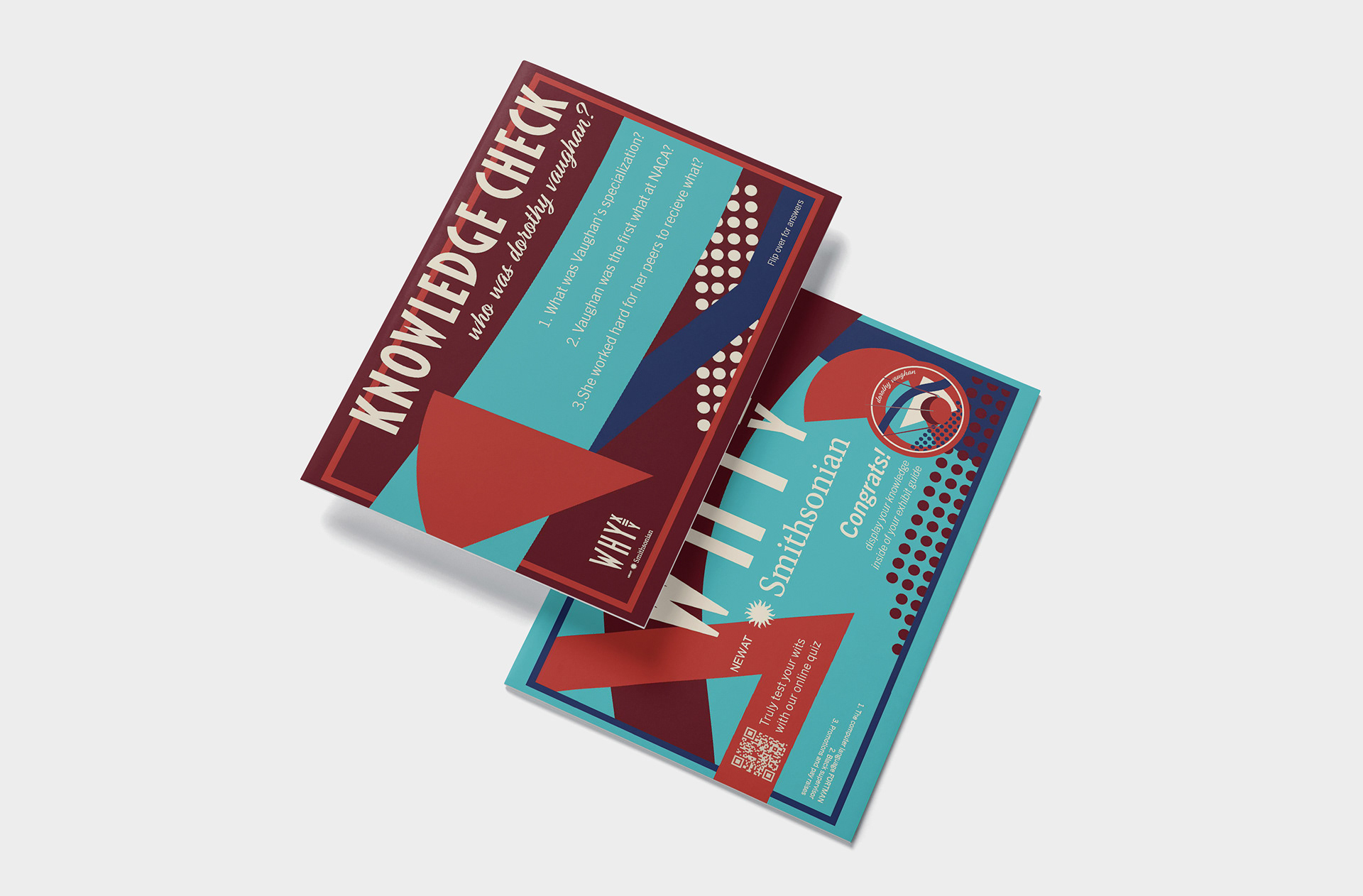
Event & Experience Design
Event Signage
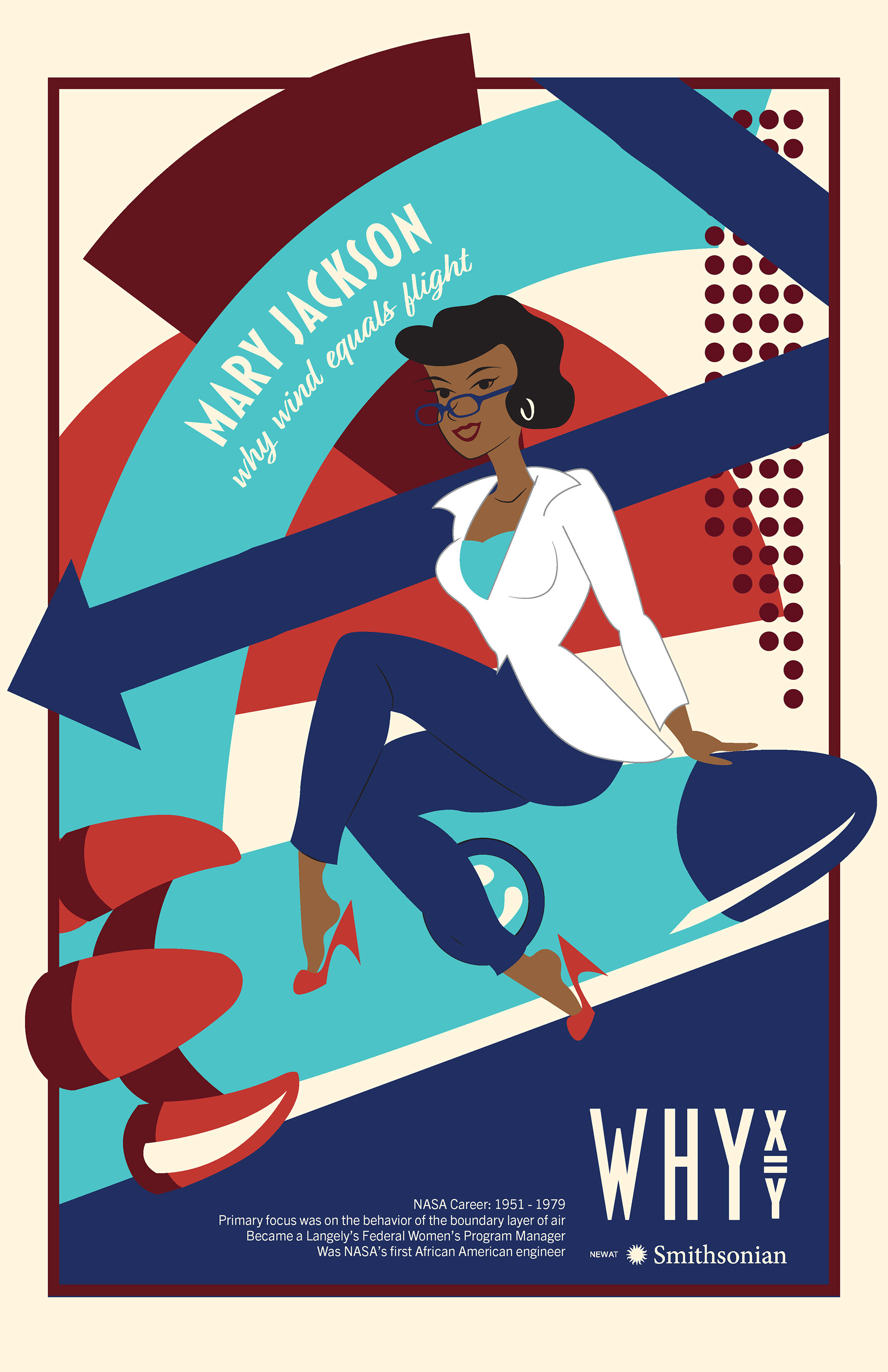

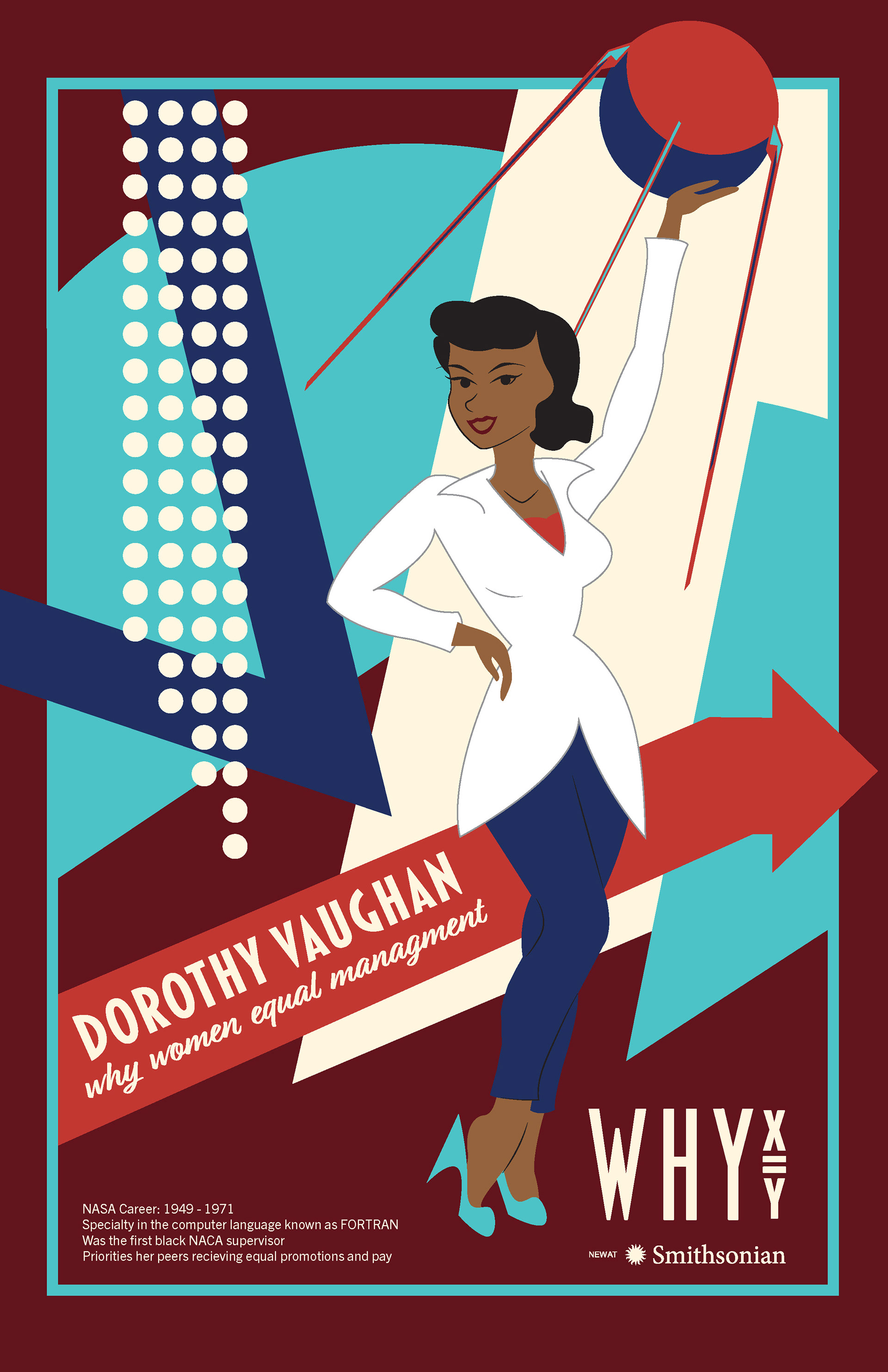
Event Products
The merchandise featured in this exhibit is designed to celebrate the femininity of these trailblazing women, the era they thrived in, and their groundbreaking achievements. The earrings are part of a jewelry collection that complements the exhibit, honoring the femininity these women were often shunned for. The interactive projector experience allows visitors to take home a piece of space, creating a personal connection to their legacy.
Guests who complete the knowledge checks throughout the exhibit are awarded Presidential Medals of Freedom, inspired by the prestigious honor Katherine Johnson received in 2017. The temporary tattoos pay homage to the 1940s-1950s era, reinforcing the pin-up art style used in the exhibit and deepening the historical connection. Finally, the sticker and button set rounds out the collection, featuring visuals that align seamlessly with the exhibit’s overarching design.

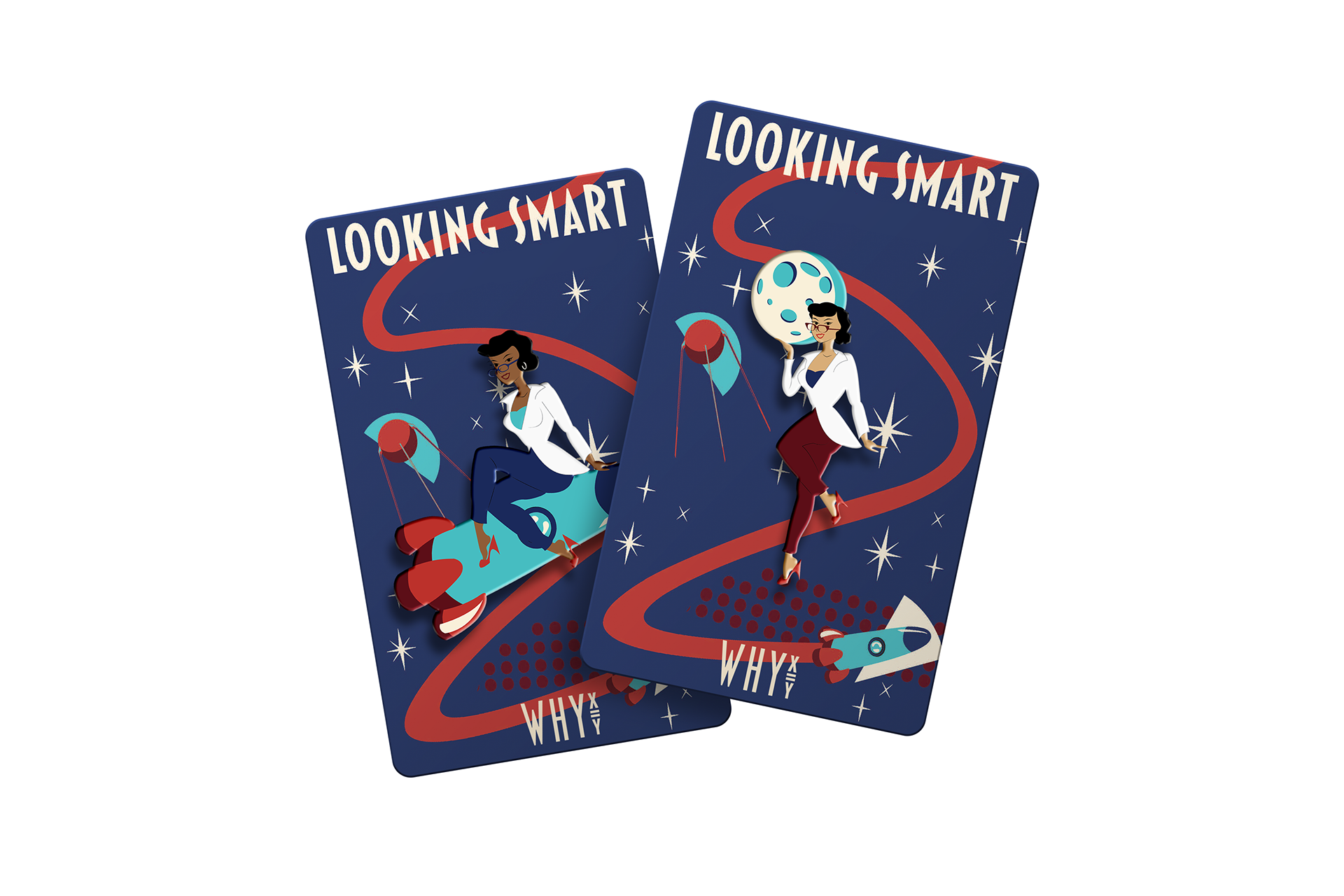
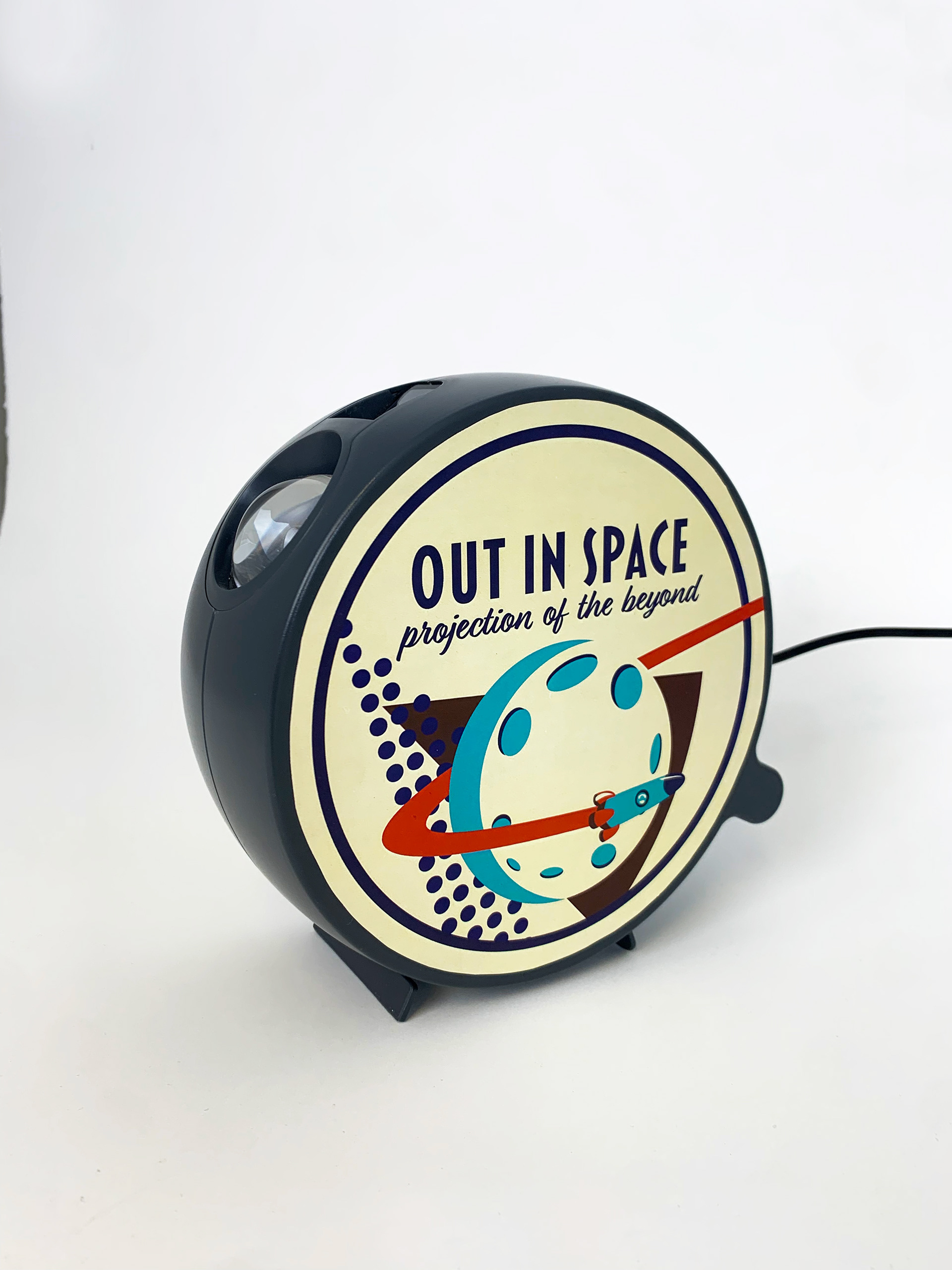
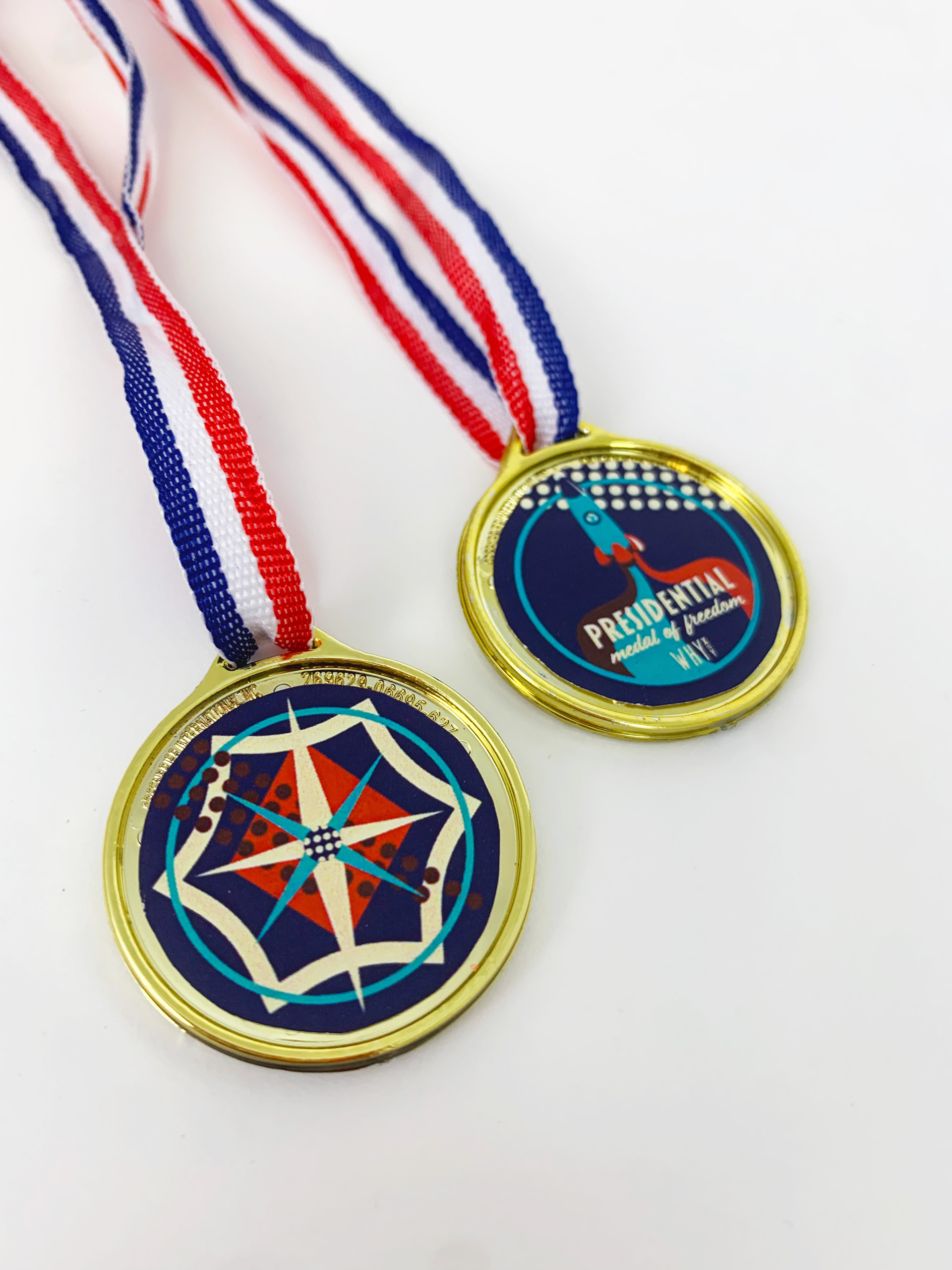
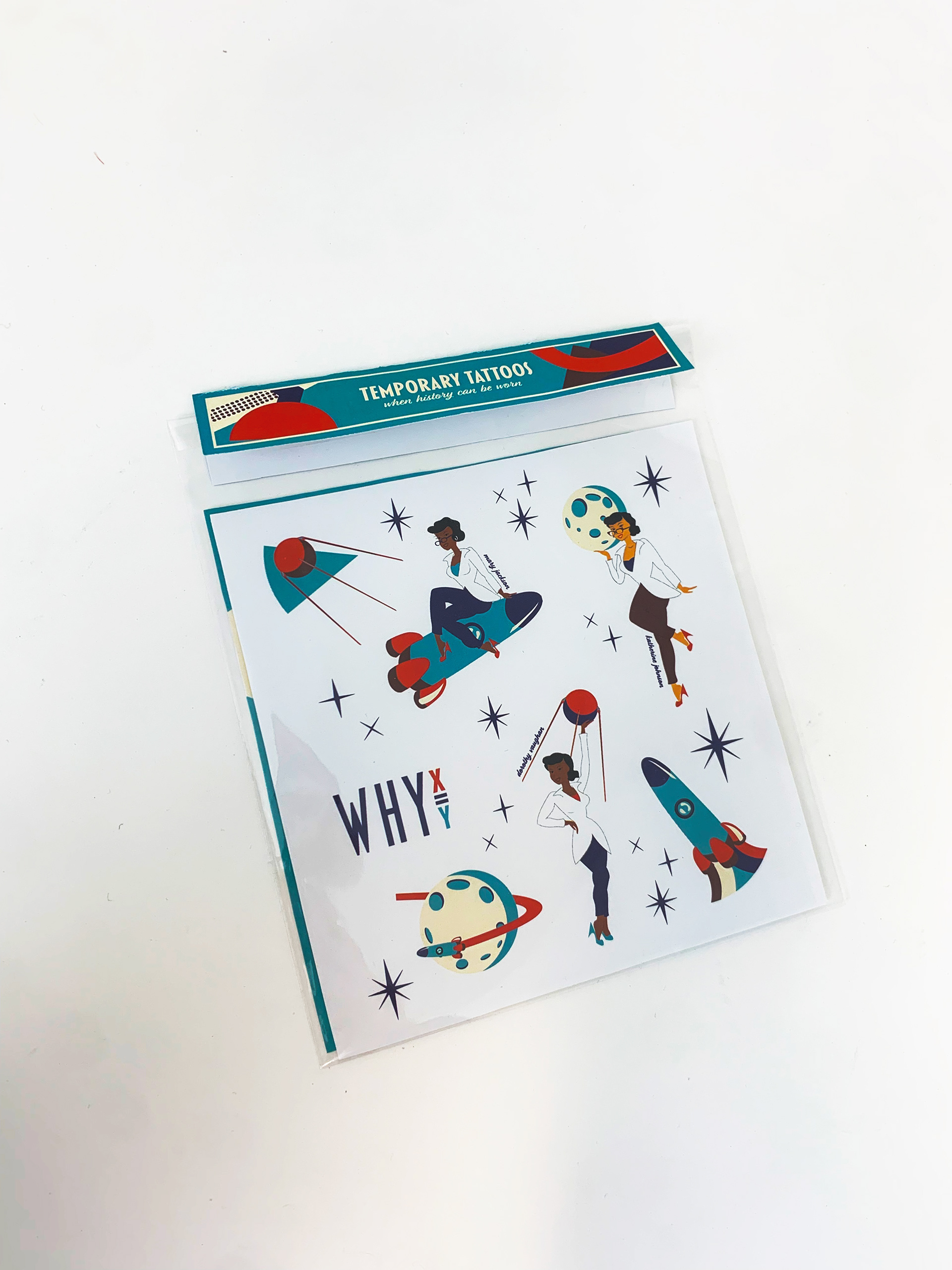
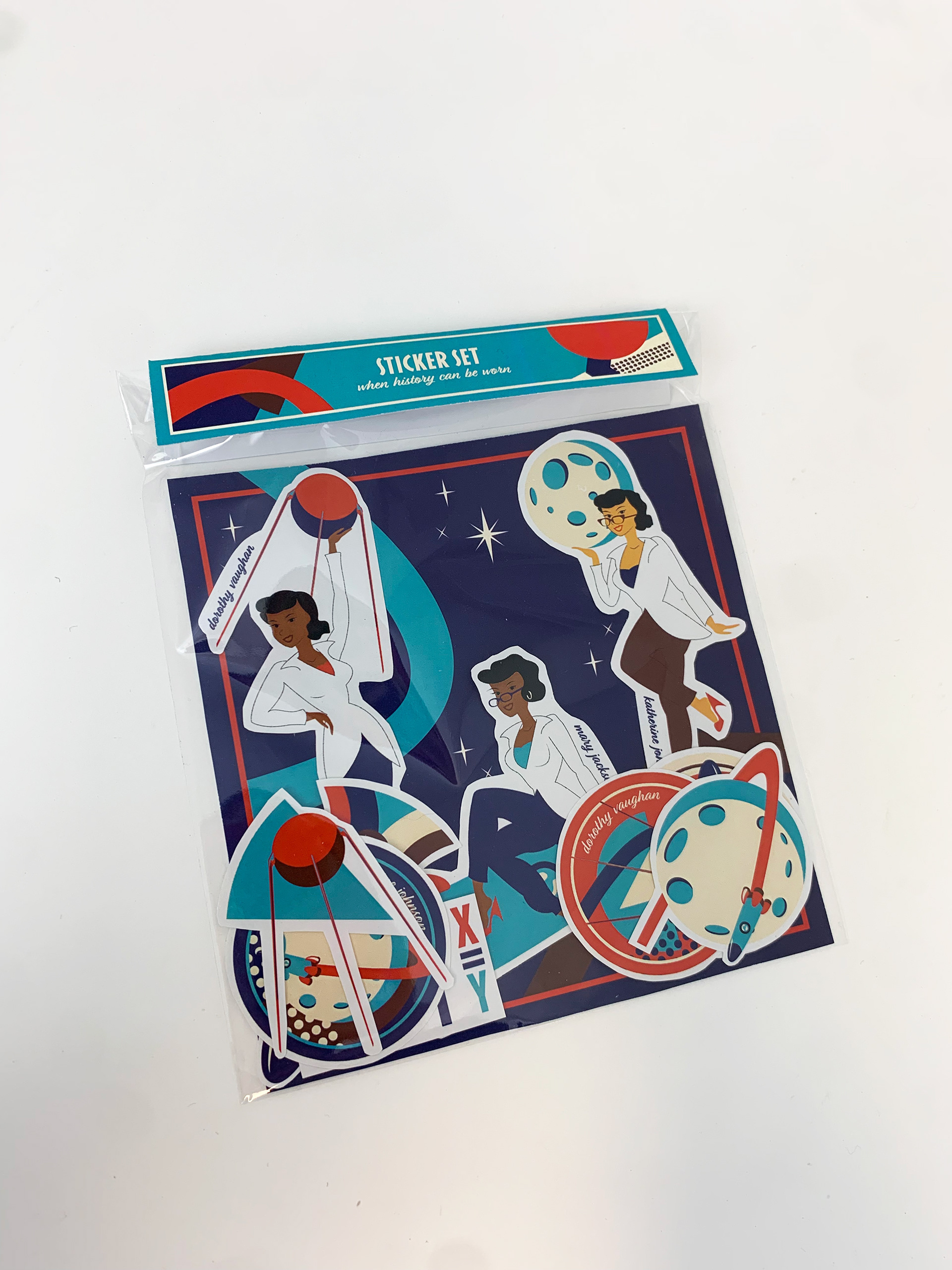
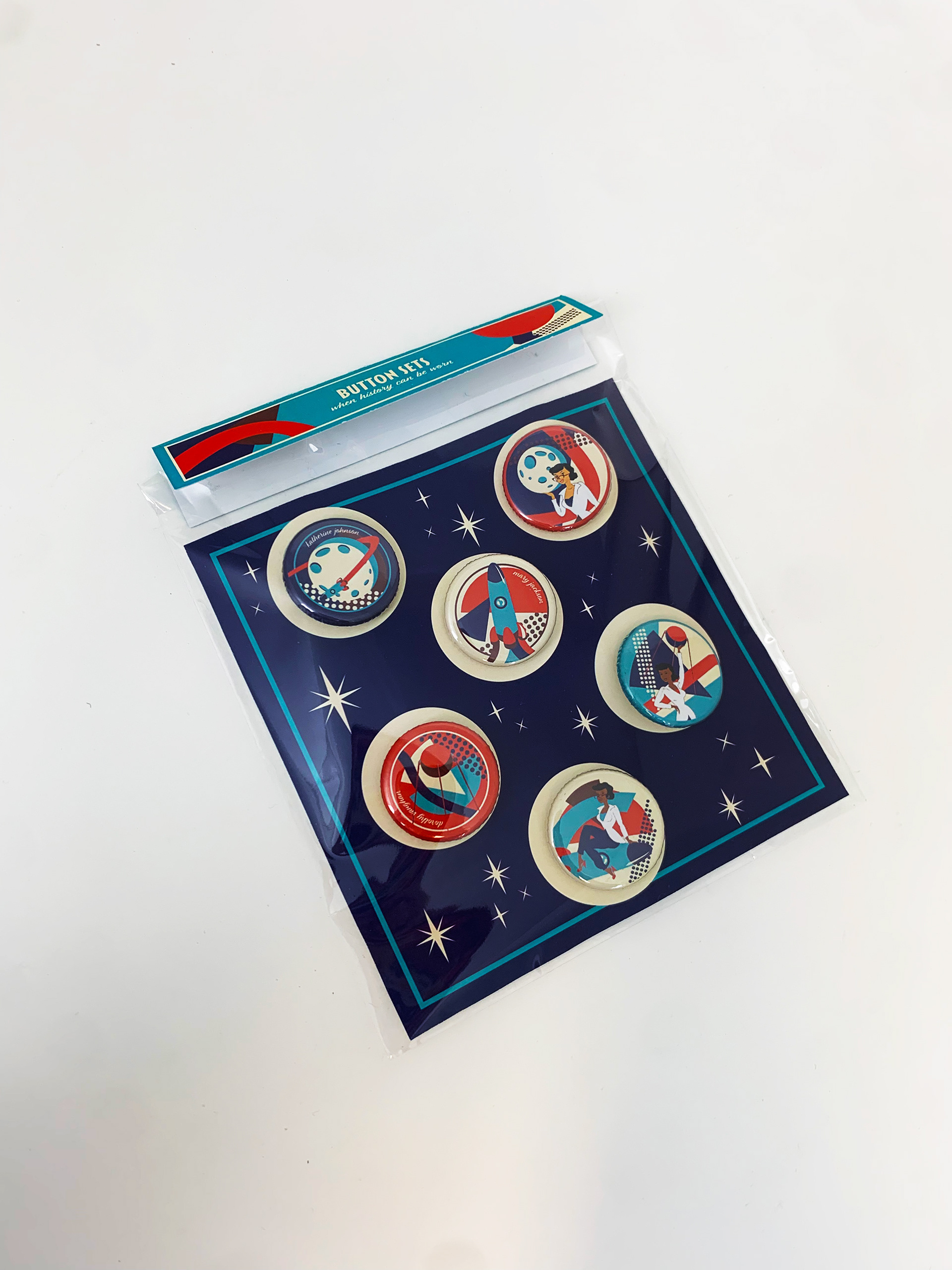
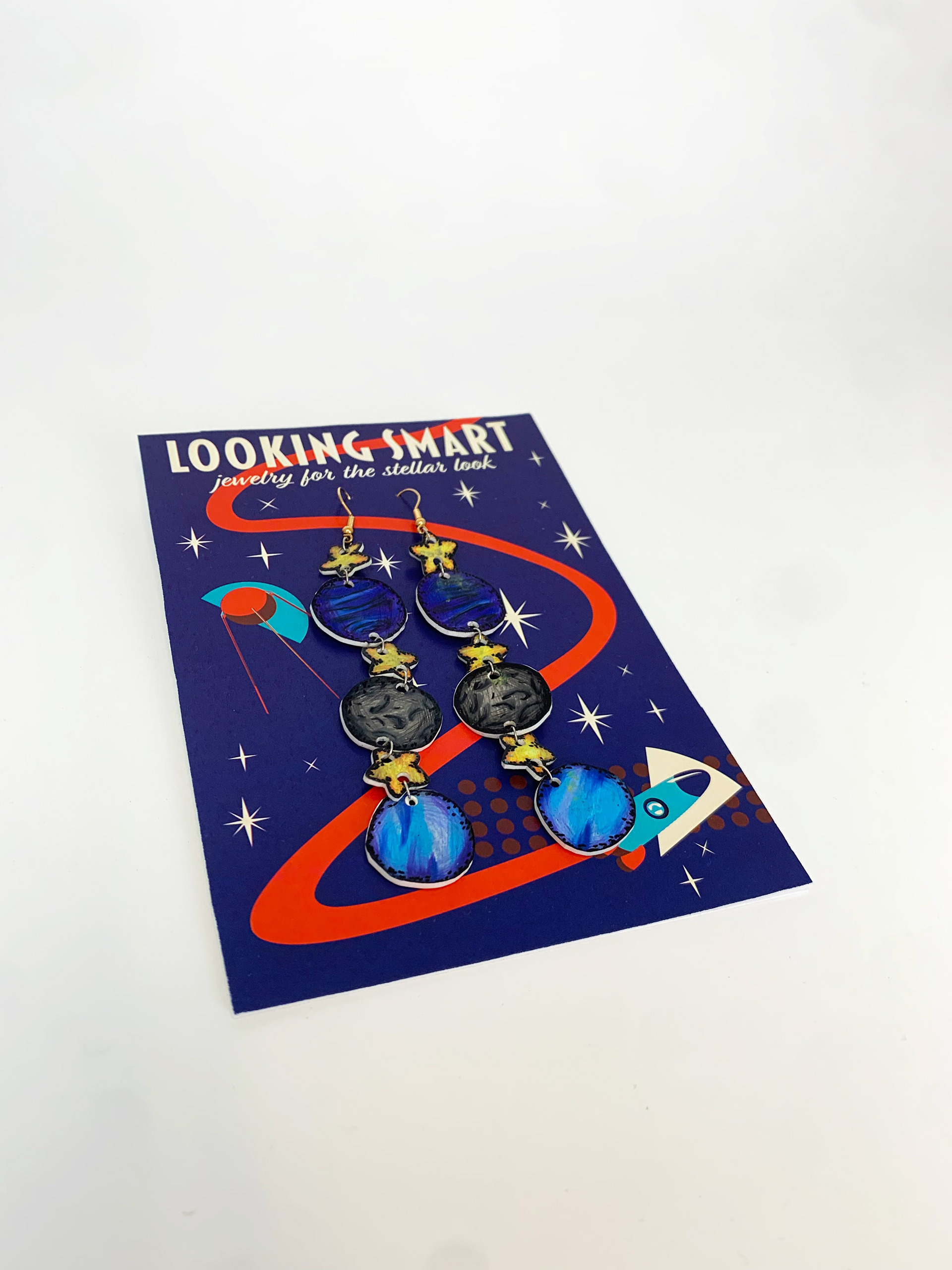
Event Website



